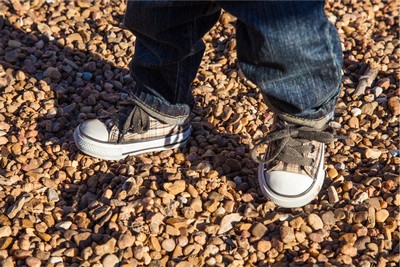There’s a good chance your child will be on the playground or in the classroom in case of an emergency. It is in your best interest that your children are experienced in emergency preparedness 101. Empowerment of your children can be done effectively by inculcating some basic instincts and setting an example. An important part of your child’s emergency strategy is following their school’s emergency procedures.
The school should also have your emergency contact information such as home, cell phone and work phone numbers. Having a few extra tips on hand can help ensure your kids are prepared for emergencies.
Prepare kits
Everyone needs to have provisions that can last at least 3 days after the disaster. Children are no exception to this fact. It is very important to be informed about the supplies at your child’s school. Some schools may be short of emergency food due to budget cuts. In several areas, it was confirmed that there were schools that did not have funds for earthquake equipment.
To be safe, you as a parent must make sure your child is prepared for an earthquake. One way to do this is to use a St. Louis Ambulance emergency kit. John. They offer two emergency kits: the Kids Convenience Emergency Kit and the Basic Student Kit. Note that the first has the shape of a blanket fur cloth.
Teach your kids 911
It is very important to teach your children how to use 911. This can save your or your child’s life in an emergency. There are some simple steps you can use to teach your child how to use 911, regardless of their age. The steps are:
- Start by explaining what 911 is and why it’s important
- Show them how they can assess the risk before calling 911
- Teach them the information they should provide after they call 911
- Use different scenarios to practice with them. Doing this will ensure they are more familiar with the concept and they are not afraid
Role play/practice
Use role play to familiarize children with emergency situations. Such a step will help reduce anxiety or panic in the event of a real emergency. For example, you can create a game that has scenarios for your children to assess their knowledge. Scenarios should be adapted to your child’s development and age. Practice scenarios regularly. It is recommended to practice a few times a year so your kids are as prepared as possible in case of an emergency.
Help children prepare themselves
It’s important to teach your kids about natural hazards like blizzards, ice storms, severe thunderstorms, tornadoes, hurricanes and earthquakes – and what to do if they happen. You and your children should prepare emergency kits (incl simple emergency food) and make a family emergency plan together. Teach your children what to do in the event of a fire.
Help the child overcome it
Children, in particular, can be highly stressed by emergency situations and may have different reactions. The key to helping your children deal with an emergency is to make them feel safe by being there. Plus, you can keep them nice and warm using any fleece fabric. You can make them feel safe by doing the following:
· Take their fears seriously by reassuring them and telling them that it’s okay to be afraid
· Tell your child what you are feeling and thinking. Doing so will help them feel less alone because they know you share the same feelings
· Maintain usual routines such as regular bedtimes and mealtimes
· Parents play a big role in helping their children overcome anxiety. Nonetheless, it can be helpful to talk to professionals such as social workers or psychologists. They are trained to help children cope with and understand any emotions they may have.








